Essential Takeaways
- Hemp is part of the Cannabis sativa L. species of plants.
- Hemp seeds, stalks, leaves and flowers all make up the anatomy of this fascinating plant.
- Different types of hemp plants are grown for different uses.
- Hemp and marijuana have similar anatomy but contain a different chemical composition.
When you think about it, the hemp plant is pretty amazing. It’s said to be one of the world’s first cultivated crops, with records of its use dating back for more than 10,000 years. It’sa plant of many uses that’s been an integral part of countless cultures throughout history.
While illegal for almost a century, the hemp plant has made a noted revival with the soaring popularity of CBD. At Joy Organics, we believe that knowledge is power and that knowing everything we can about the plant that has become a central part of so many lives can truly improve our lives.
Whether you’re interested in growing hemp, starting your own CBD business or simply enjoy the benefits of CBD, taking a closer look at the hemp plant itself is an exciting way to learn more about it.
Hemp Plant Anatomy 101
Interested in learning how your CBD garden grows?
When it comes to plants, we believe hemp is one of the most fascinating there is. What starts out with a simple seed blossoms into a plant that’s said to have over 25,000 different uses! We can’t think of any other plant that can boast the same.
Here we’ll dive deeper into hemp anatomy to gain a better understanding of the popular plant.
- The Hemp Seed
Before they become the majestic beauties they bloom into, hemp plants start out like any other plant. As a seed. The hemp seed is technically a nut and contained within is everything needed for new life to bloom. Inside the tiny, mighty hemp seed is the root, a thin endosperm and two cotyledons, which contain the embryotic first leaves that will appear after germination. Between the two cotyledons rests the apical tip, which is where the hemp plant continues to grow after she sprouts.
- Hemp Stalk
The hemp stalk is what supports the hemp plant as it grows and matures. The stalk of the hemp plant is typically hollow and plays an integral role in the growth of the plant itself. It’s the stalk which contains the hemp plant’s vascular system and helps to transfer nutrients and moisture from the roots to the leaves, as well as the transportation of sugars and starches, which happens through the process of photosynthesis.
The hollow part of the hemp stalk is the widest approximately halfway between the base and top of the plant. It becomes thicker at each node, which divides the hollow area into partially separated compartments.
Outside of the hollow center of the hemp stalk is found a layer of woody that is made up of thick-walled, hard cells. Outside this woody layer is what’s known as the cambium. Cambium cells mature into the bast, which is the part of the hemp plant that is traditionally processed for fiber.
The outer part of the stalk is divided into nodes, which is where lateral branches initiate. The space between the nodes is referred to as internodes. Nodes are one of the parts of a hemp plant where much of the growth occurs and where a high concentration of hormones are produced.
- Hemp Leaves
Hemp leaves are typically long and slender and can be distinguished by their slender, serrated fingers. They tend to grow in pairs from the main stem and branches. While very similar in appearance to marijuana leaves, hemp leaves can be distinguished by their long, skinny shape.
Like most plants, hemp leaves play an integral role in its overall anatomy and are an essential part of photosynthesis. Hemp leaves are what soak up all the available light, which is then transferred internally throughout the plant via the phloem, the living tissue in vascular plants that transports organic compounds to various parts of the plants where they’re needed.
- Hemp Flowers
The last part of the hemp plant to grow are the beautiful flowers it produces. They are typically concentrated towards the top of the hemp plant and are sometimes referred to as colas. Hemp flowers is where the highest concentrations of CBD and other cannabinoids are contained and are known to be extremely resinous and sticky.
Various parts of the hemp flower include:
- Calyxes: Tiny, teardrop-shaped leaf structures that establish the cannabis bud that protect hemp flowers and keep from them drying out. When pollination occurs, the pistil becomes the hemp flower’s ovary, which will then produce seeds.
- Pistils: Pistils resemble tiny hairs that start out an opaque milky white and transition to an amber color as the cannabis flower continues to ripen. Pistils basically function to collect pollen and are what is considered the female sex organs that contain the ovary.
- Trichomes: Trichomes are defined as “fine outgrowths or appendages on plants, algae, lichen and certain protists.” They are classified into three different groups: bulbous, capitate and non-glandular and resemble small, microscopic mushrooms. Bulbous and capitate trichomes are the tiny factories where the cannabinoids, terpenes and flavonoids are produced. The resin produced from trichomes is also what protects hemp flowers from the sun’s ultraviolet rays, water loss and insects and other predators.
Different Hemp Plant Varieties
Not all hemp plants are the same. If you’re interested in growing hemp now that it’s legal to do so in the US, it’s important to distinguish between various hemp varieties.
There are basically three types of hemp production:
- Hemp grown for CBD
- Hemp grown for fiber
- Hemp grown for food/seed
Each has a different type of seed, utilizes different kinds of growing techniques and are produced for different markets.
Here, we’ll briefly cover each type of hemp cultivation.
CBD Hemp Plants
Hemp plants grown for CBD are prized for their high cannabidiol content. When grown for CBD, only female hemp plants are used to avoid cross pollination from male plants. Why? Pollination from male hemp plants will result in seed production and significantly reduce cannabinoid content found within the flowers.
Clones or seeds are typically planted in greenhouses or outdoors by mid-June or when the first danger of frost has passed. They are planted 4-6 feet apart and mature into much bushier plants than hemp varieties grown for fiber or seed.
Mature female CBD hemp plants can reach heights of up to 6-12 feet and are typically ready for harvest late-September to early-late October. Hemp plants grown for CBD are typically harvested by hand and hung to dry.
Hemp Plants Grown for Fiber
Hemp plants grown for fiber grow to be extremely tall and slender and can reach heights of up to 10-18 feet. They’re grown for their bast fiber, which can be used to make rope, fabric, construction material and much, much more.
Hemp plants grown for fiber are typically planted in early May to early June and are generally ready for harvest approximately 45-70 days after planting. Mature plants are harvested using a sickle or disk mower and a round or square hay baler.
Hemp Plants Grown for Food/Seed
Were you aware how beneficial eating hemp seeds can be? They’re of the most nutritionally complete foods that exists and are rich in proteins and essential omega fatty acids. Hemp plants grown for grain or seed mature into slender plants that are approximately 5-7 feet tall.
This hemp plant variety is typically planted in mid-May to mid-June, with seeds harvested approximately 100-120 days after they’re planted. Once seeds are harvested, they’re cleaned before being stored in a grain bin where the are dried using forced air.
When completely dry, hemp seeds are hulled to make consumption more pleasant. The hulled part of the shells is rich in fiber and often used to create hemp flour.
Hemp vs. Marijuana
We think it’s important to mention that hemp and marijuana are both members of the Cannabis sativa L. species and can appear very similar. While they do grow a bit differently, their anatomy is quite similar. The biggest difference between the two? Their chemical composition.
To be classified as hemp, plants must contain less than 0.3% THC. A plant that contained even 0.4% THC would be classified as marijuana, although THC levels this low aren’t likely to produce any intoxicating effects.
Hemp also tends to grow much taller and thinner than the notoriously bushy marijuana plant. Where marijuana is grown for its flowers that contain the intoxicating effects its famous for, hemp varieties are grown for industrial uses, seed and CBD. Even hemp plants that are cultivated for their high CBD still contain less than 0.3% THC.
Personally, we think the anatomy of the hemp plant is fascinating. From the promise of life contained within a single seed to the day hemp plants are harvested for the countless uses they contain, the hemp plant is as complex as it is beneficial. We hope you enjoyed learning more about the hemp plant. If you have any questions, please contact us! Hemp is what we do, and we’re always here to help.
Thanks for reading! To show how much we appreciate you, we’re going to give you 16% off your next order. Just use code READER16 at checkout!




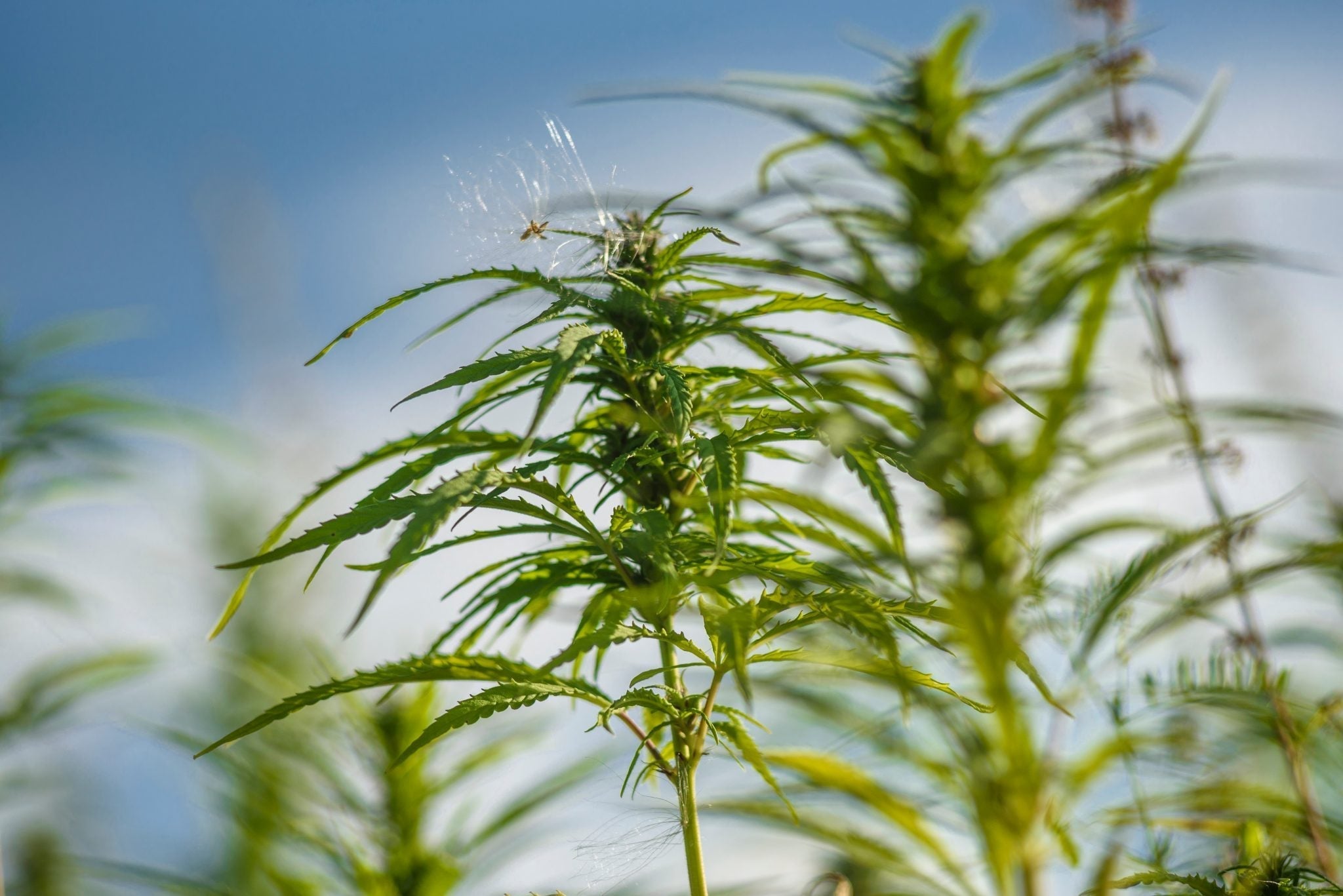
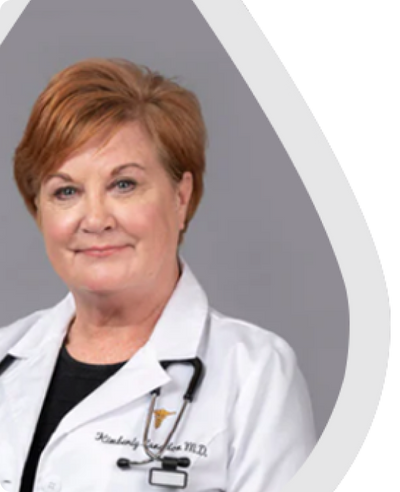
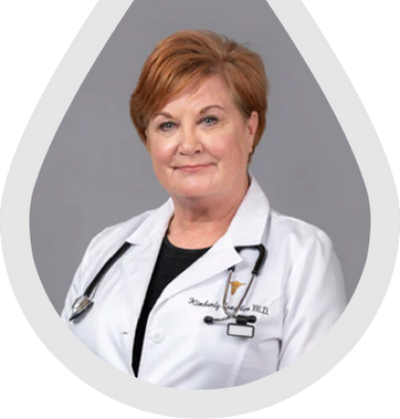

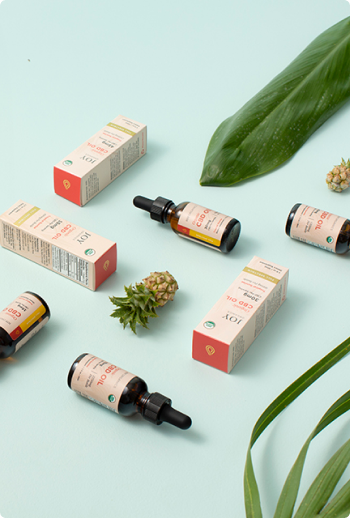
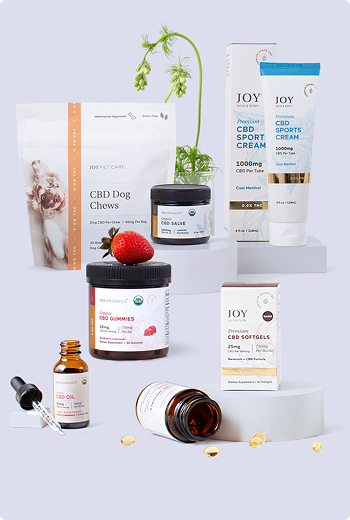
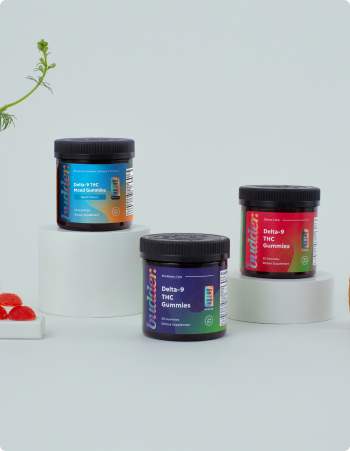









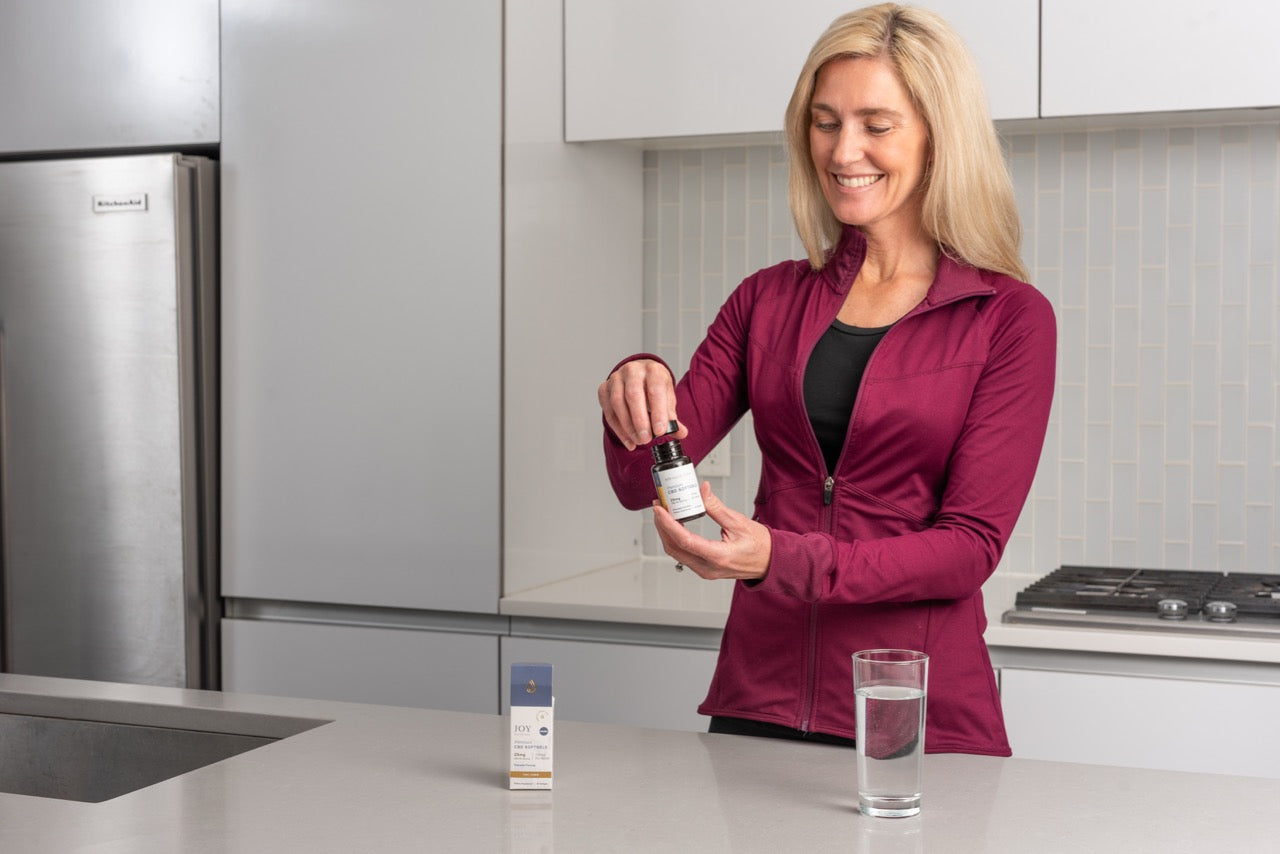

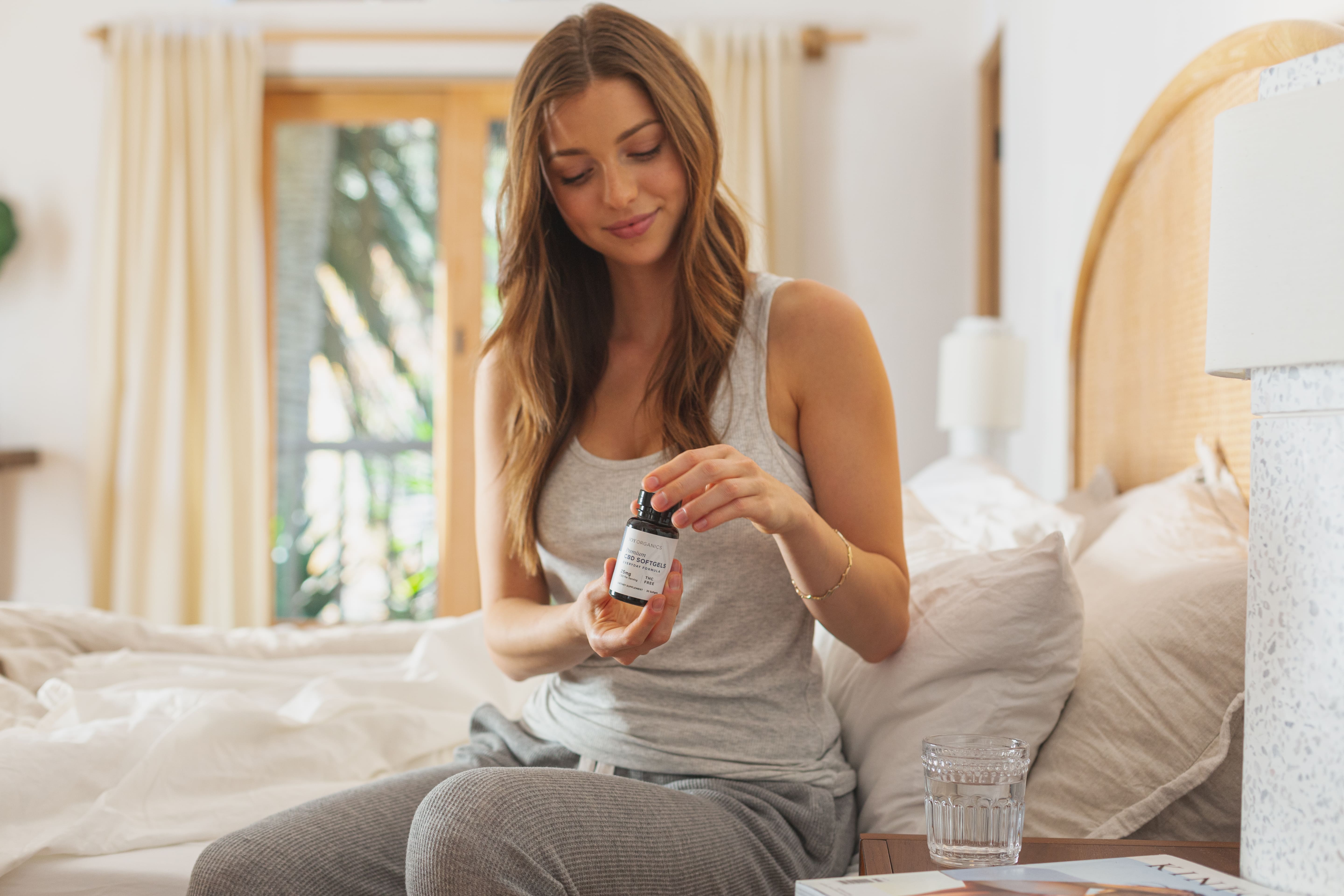

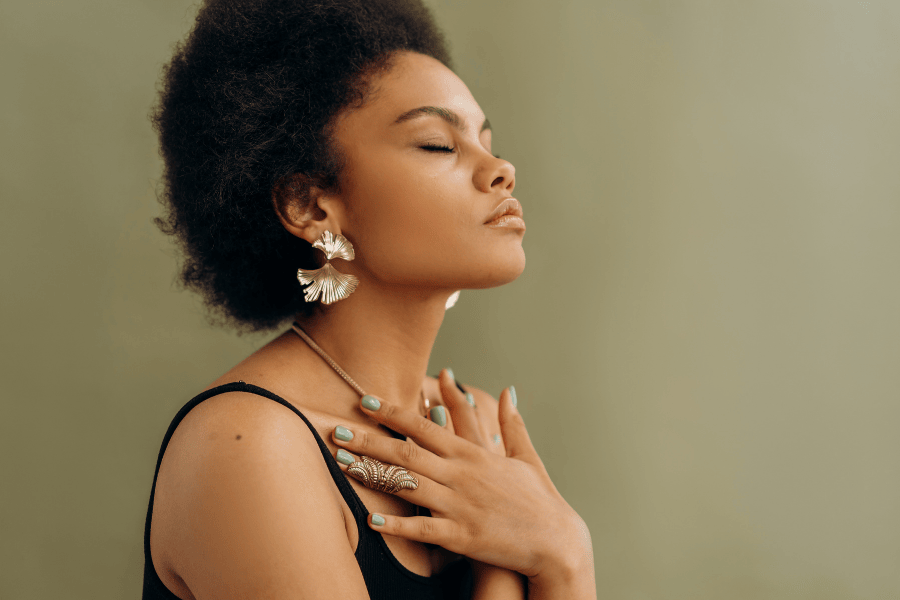
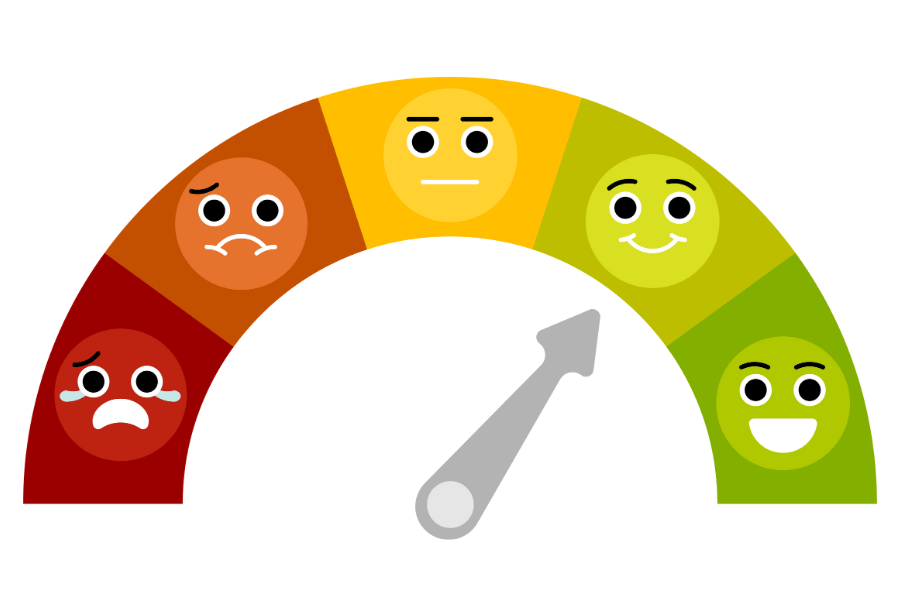
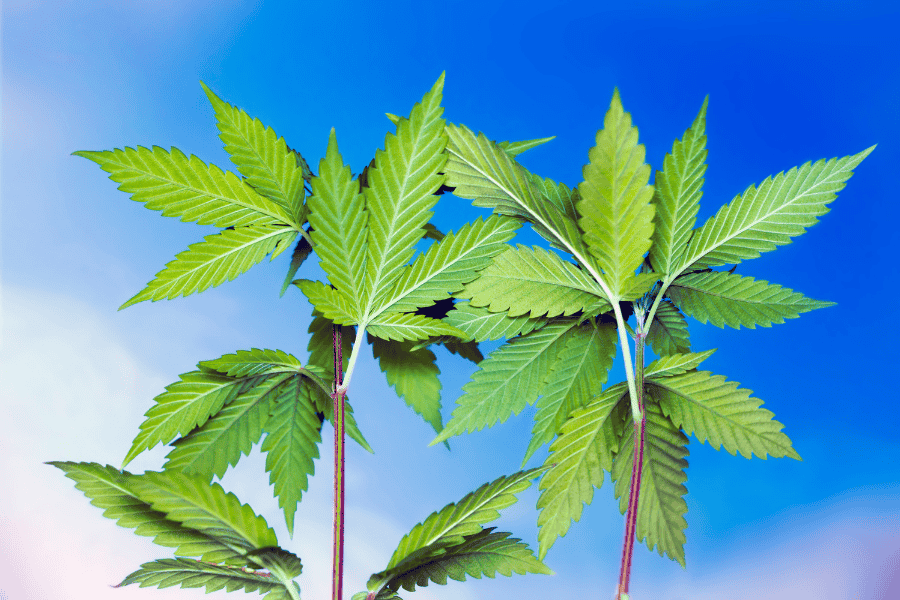

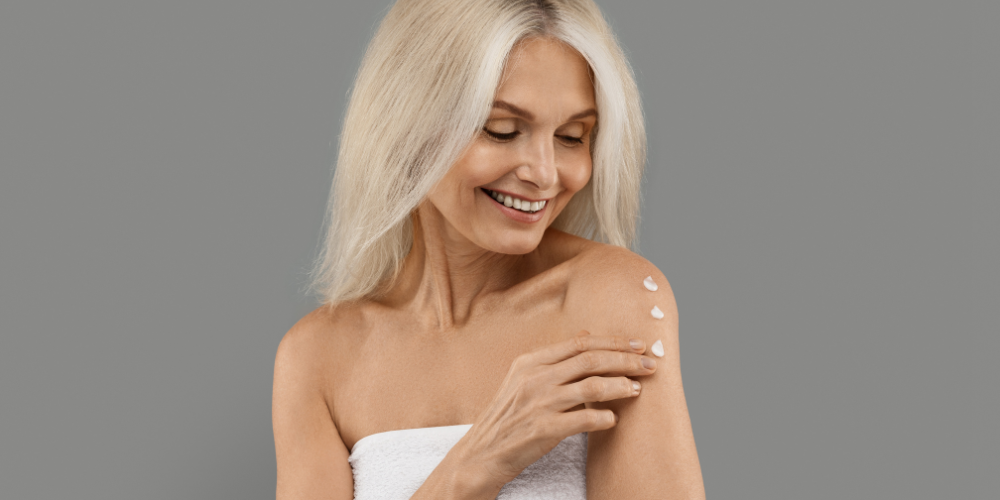
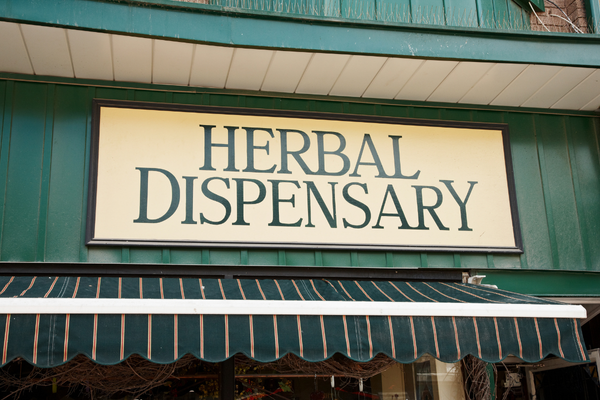

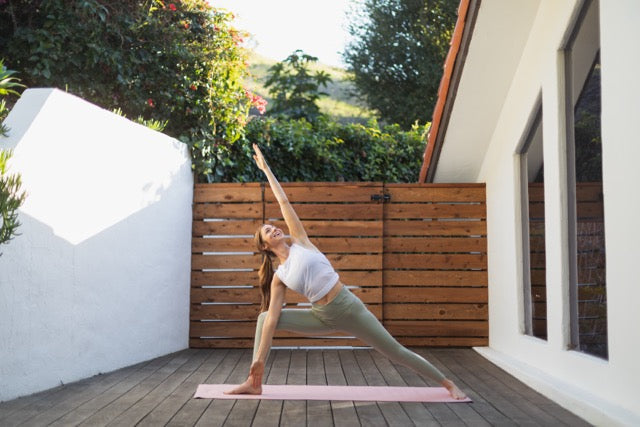



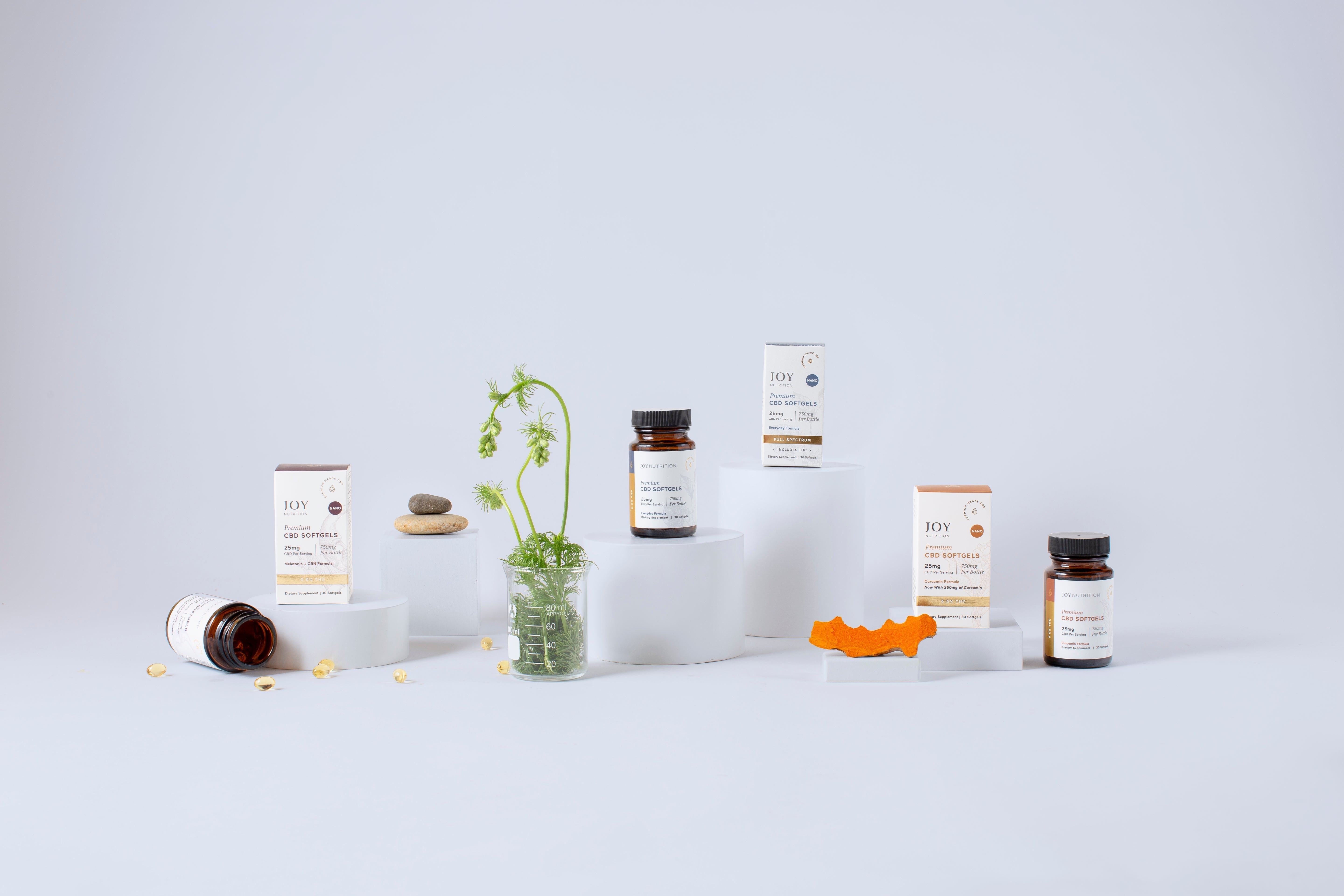
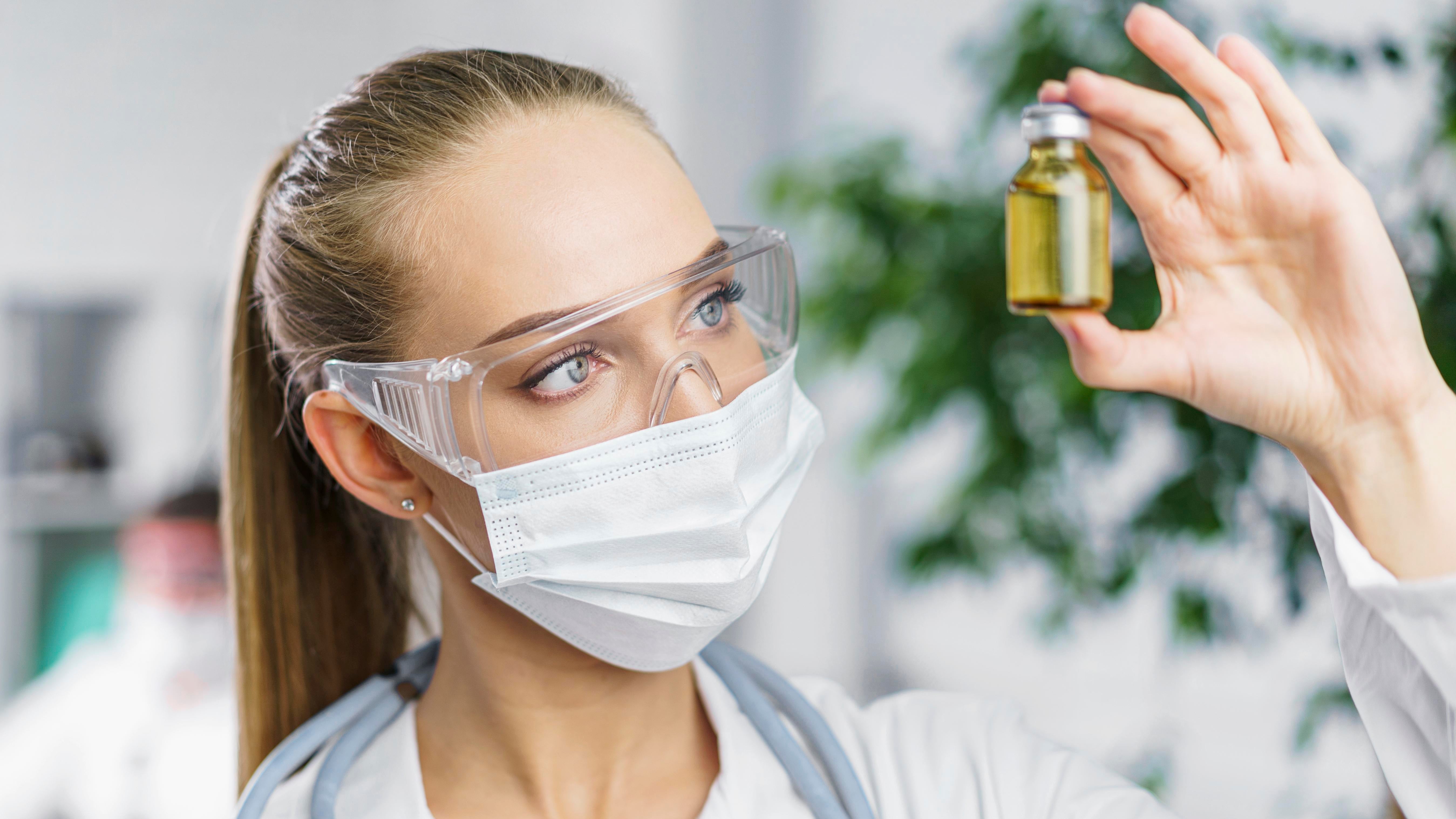


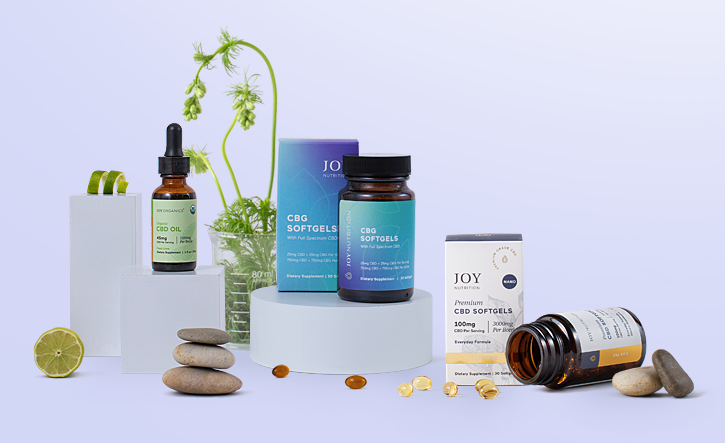

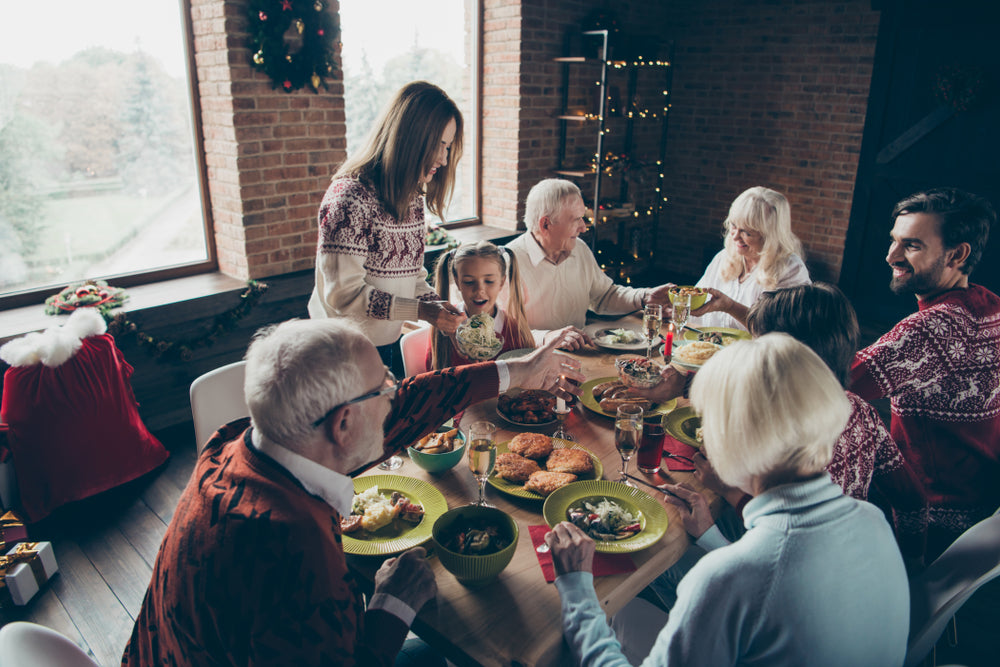
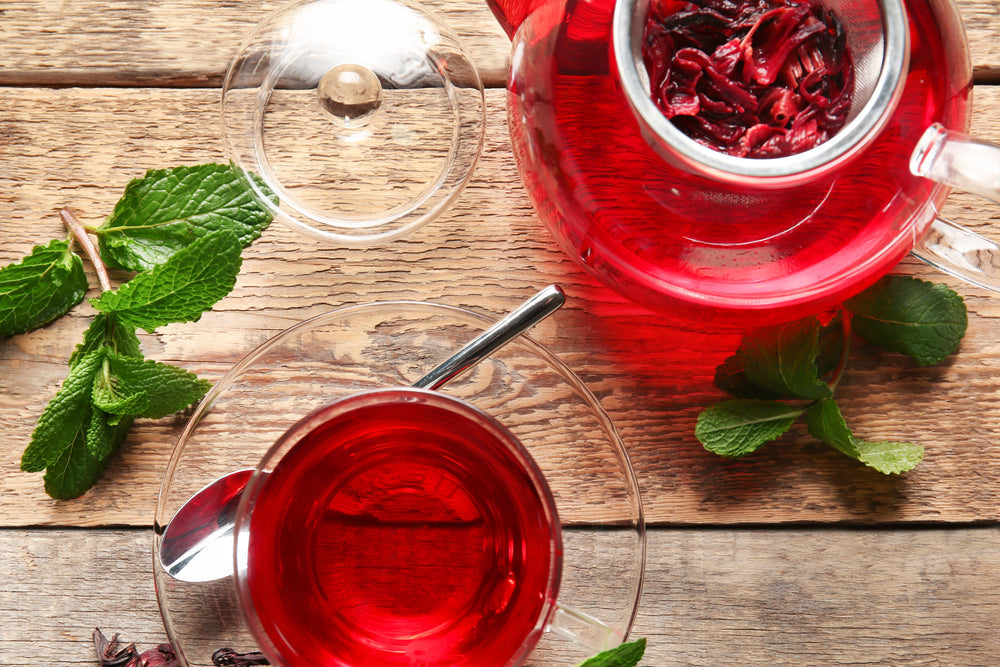

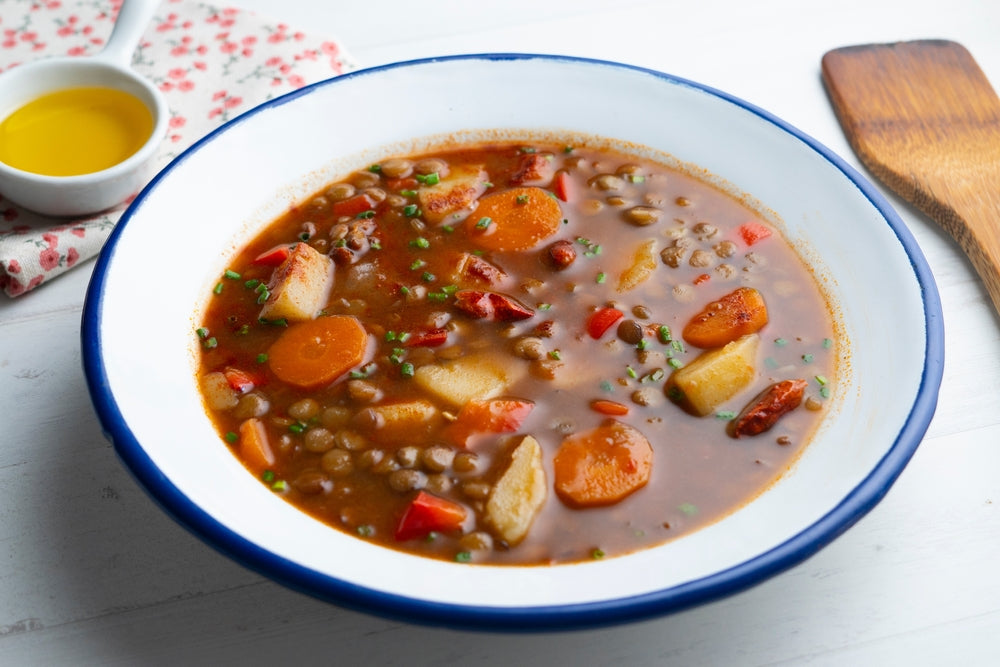


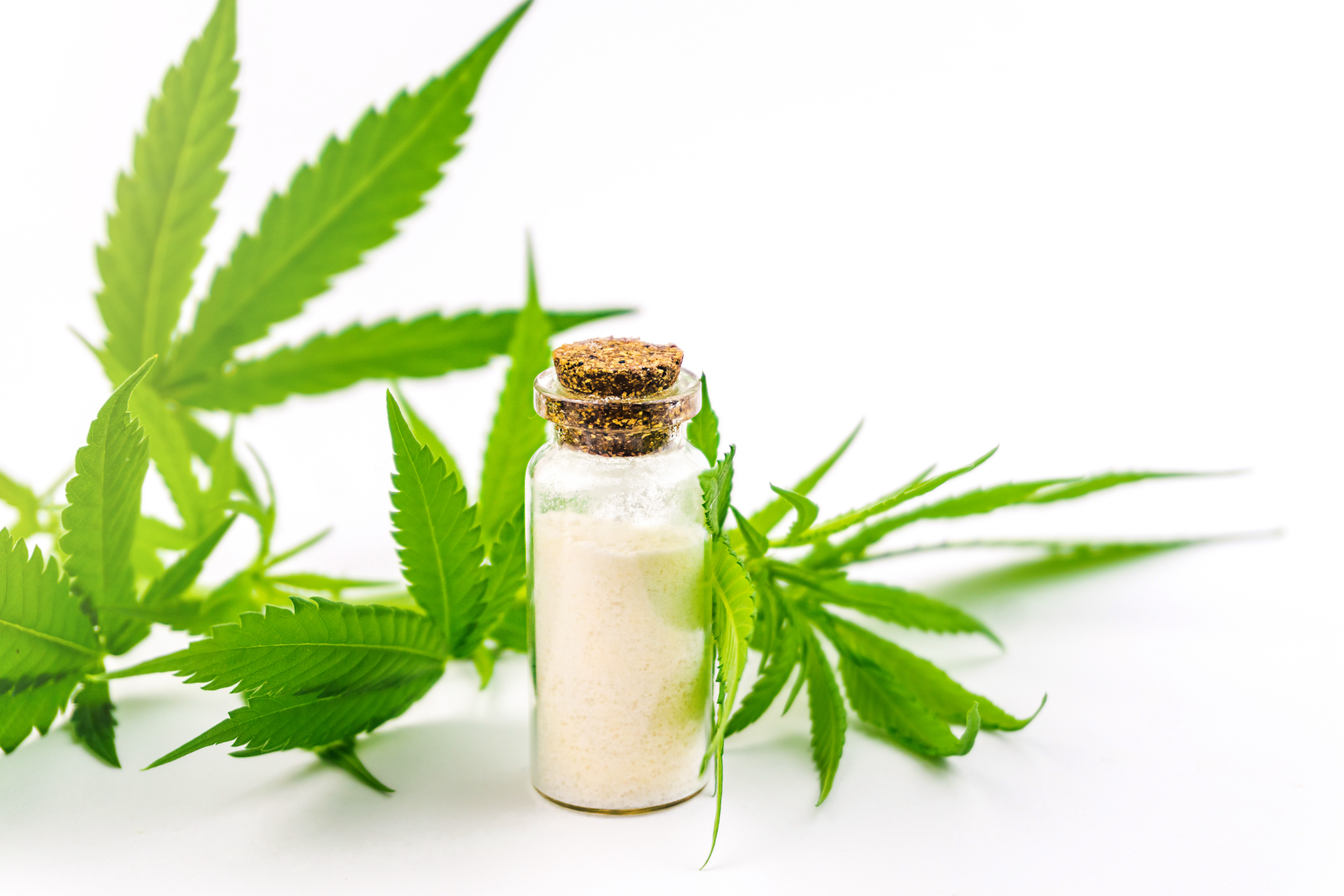
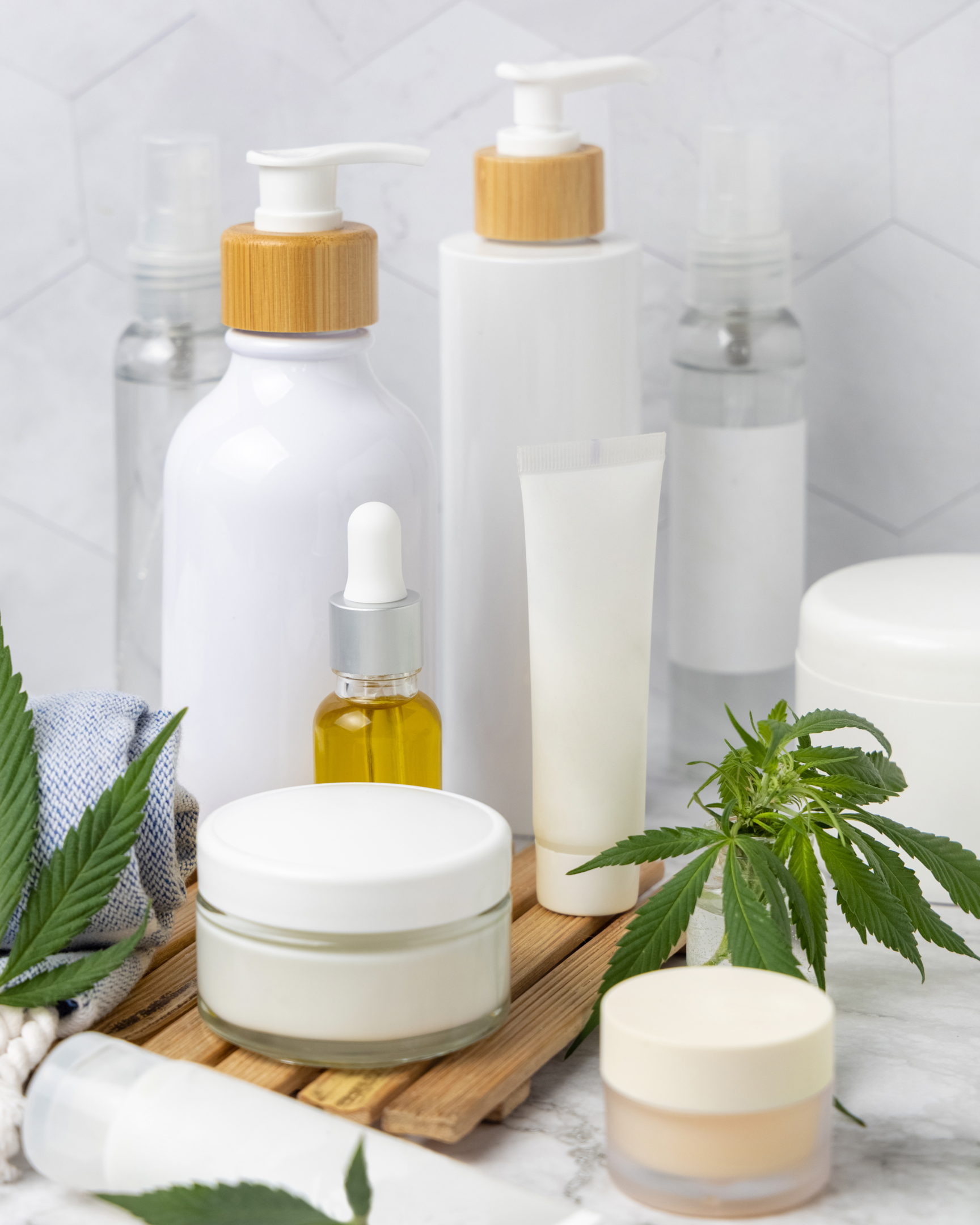
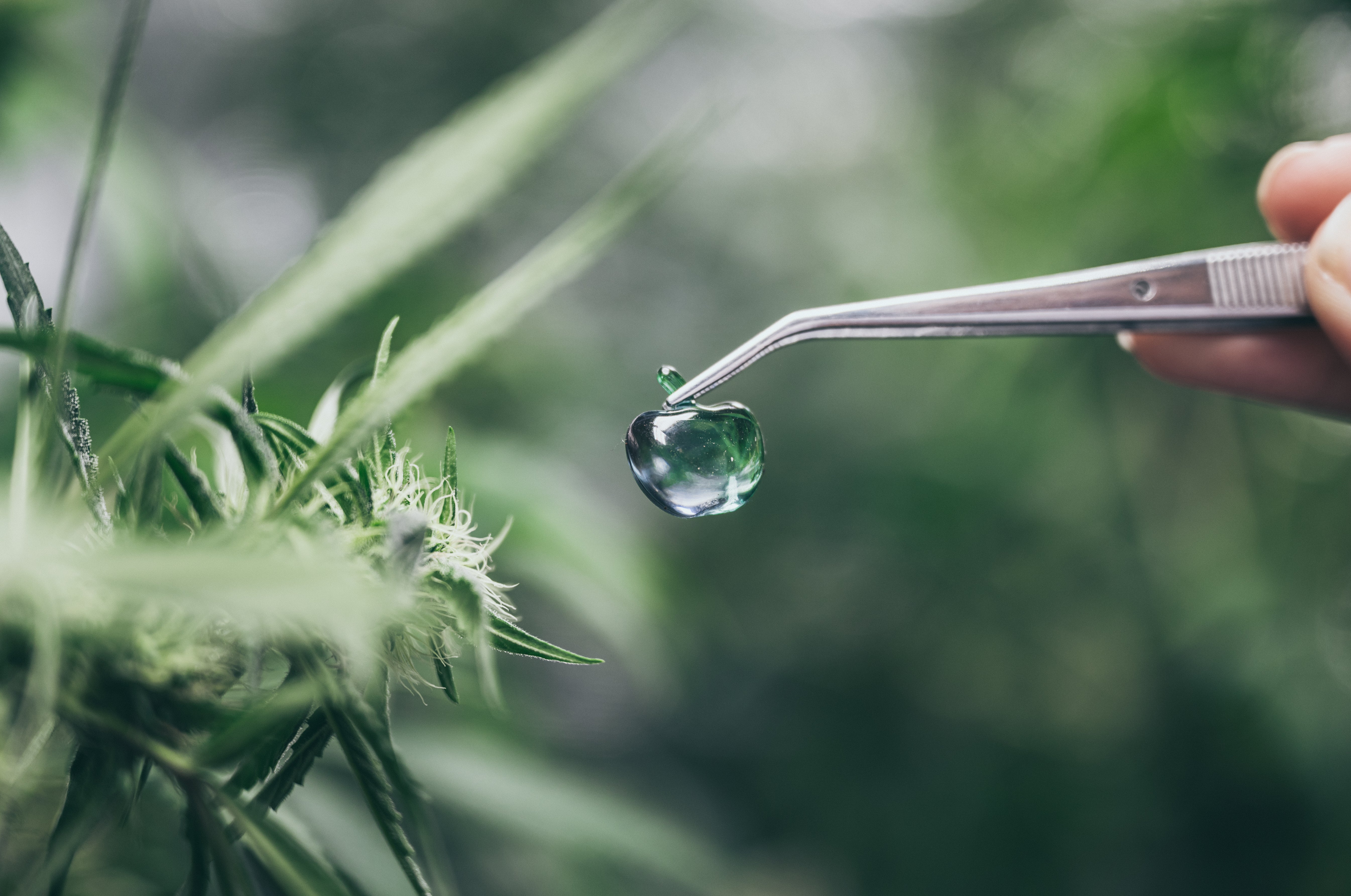
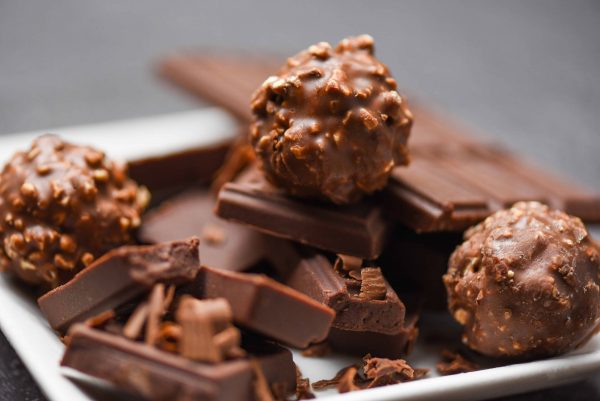
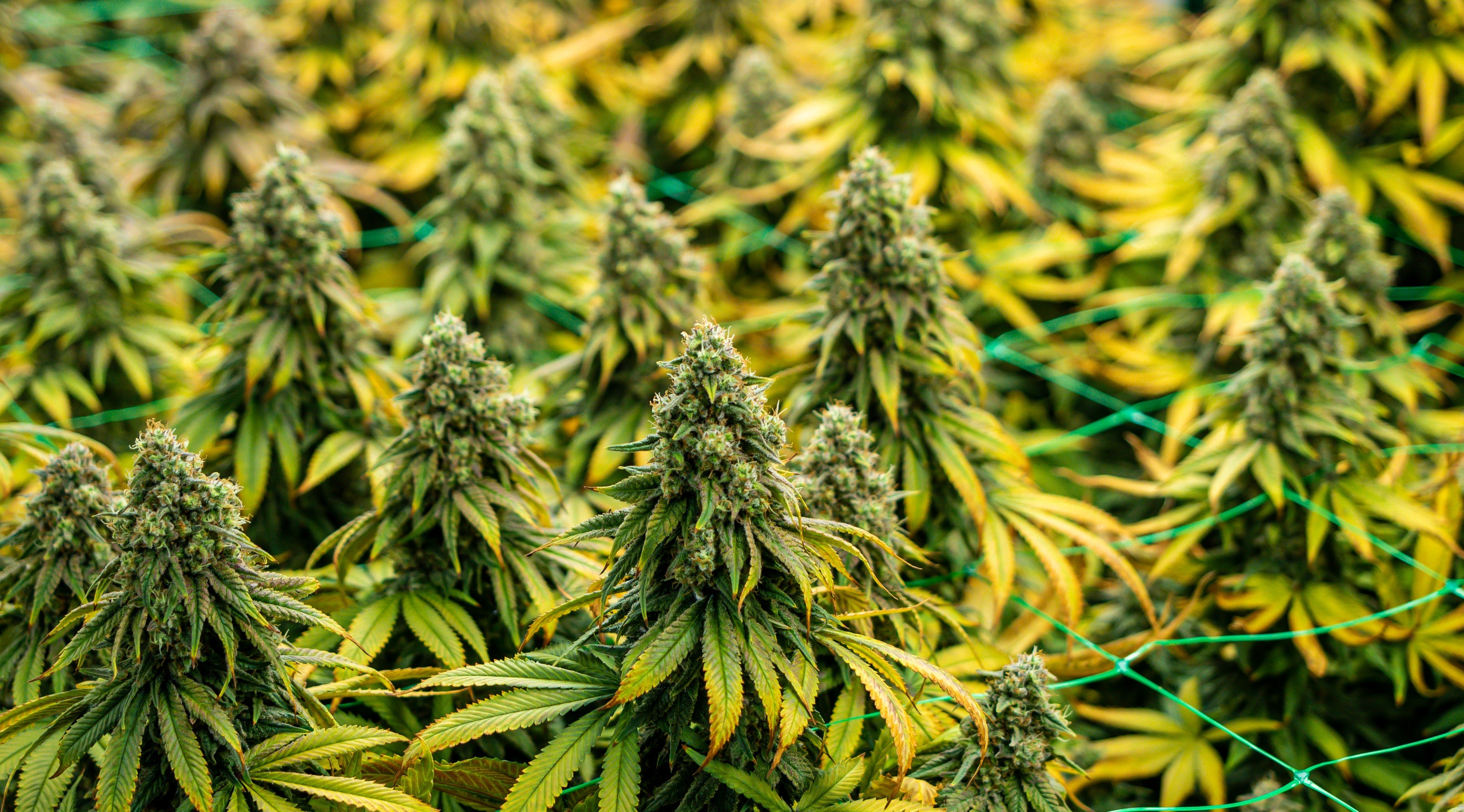
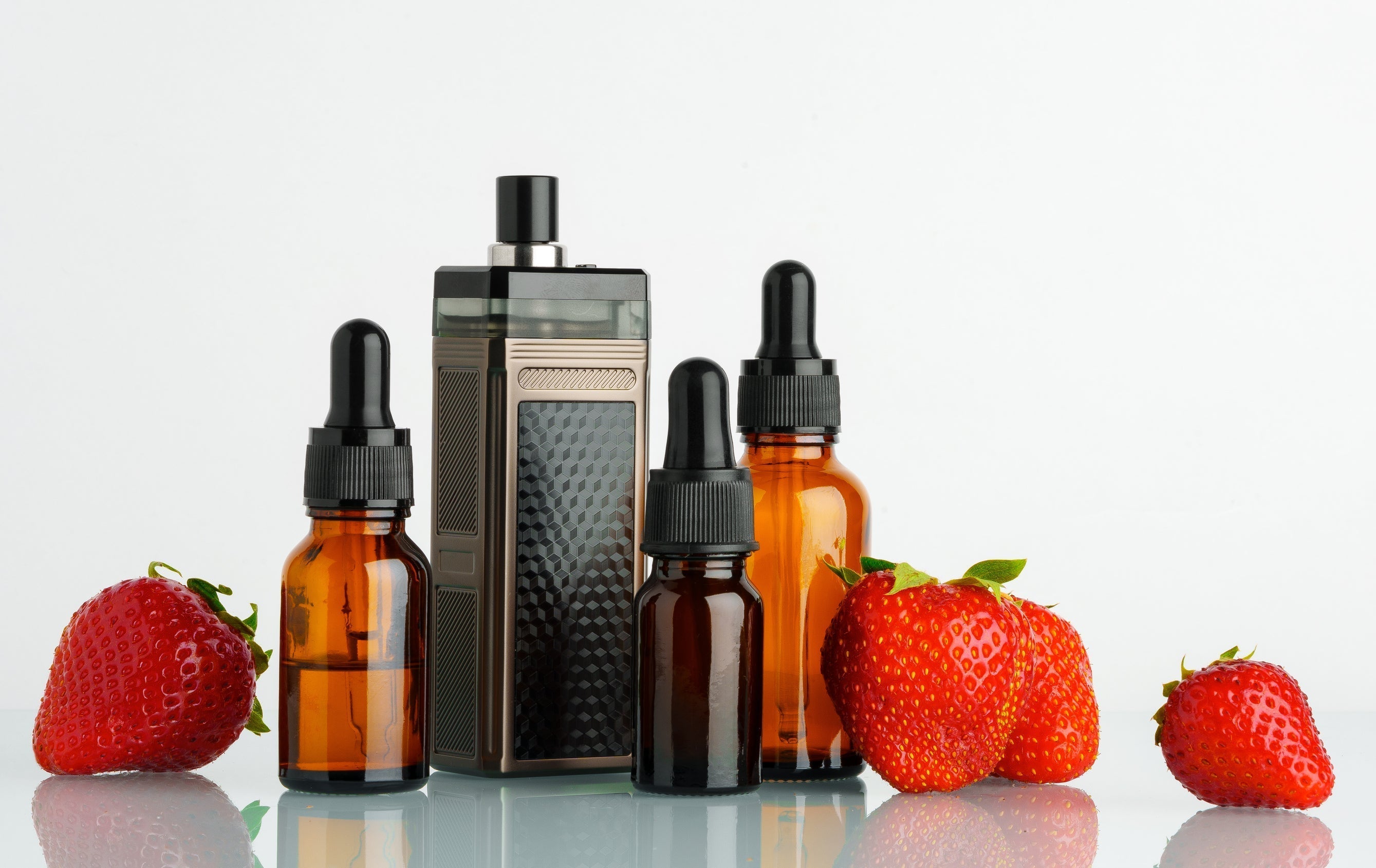
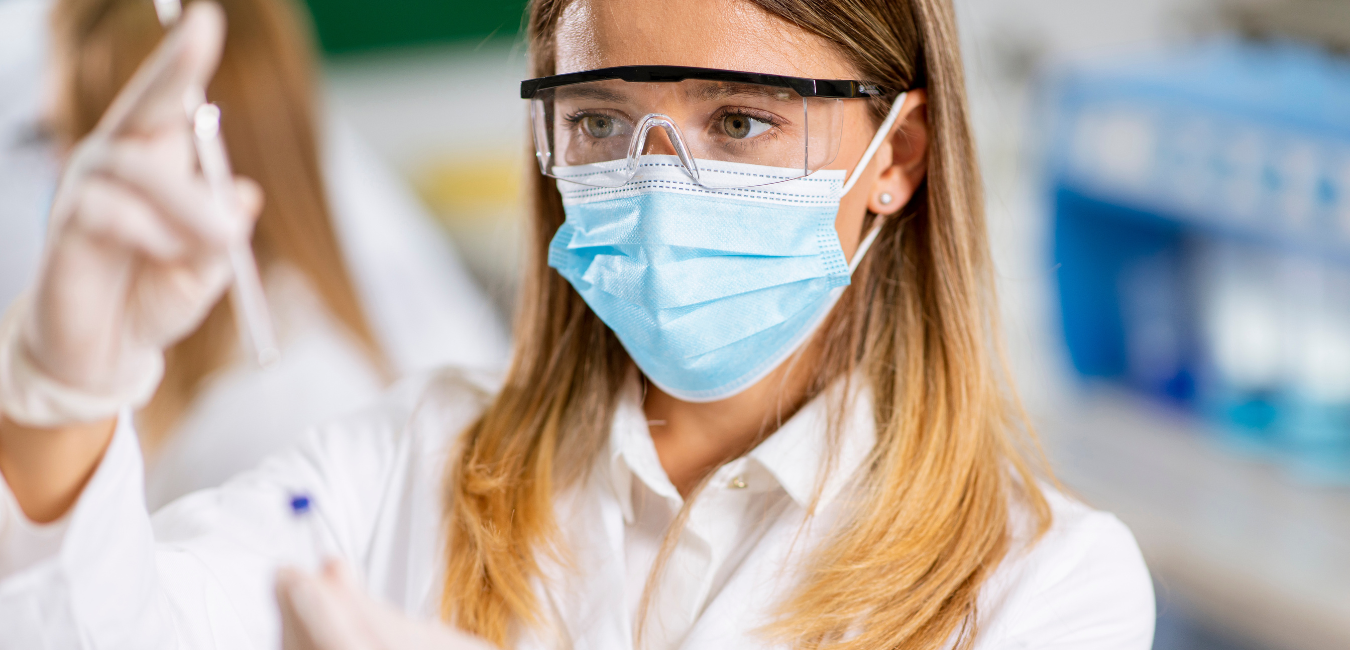
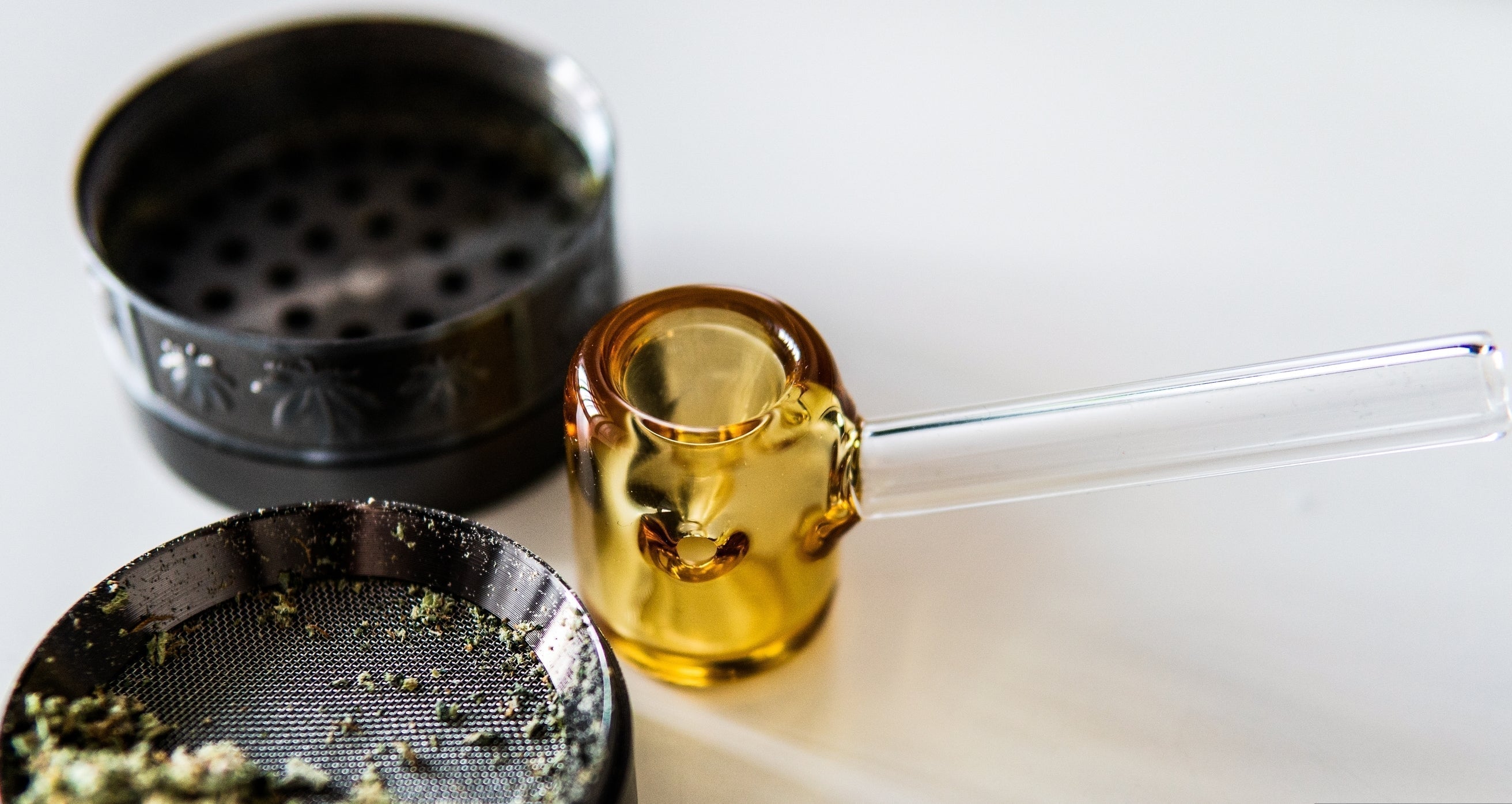

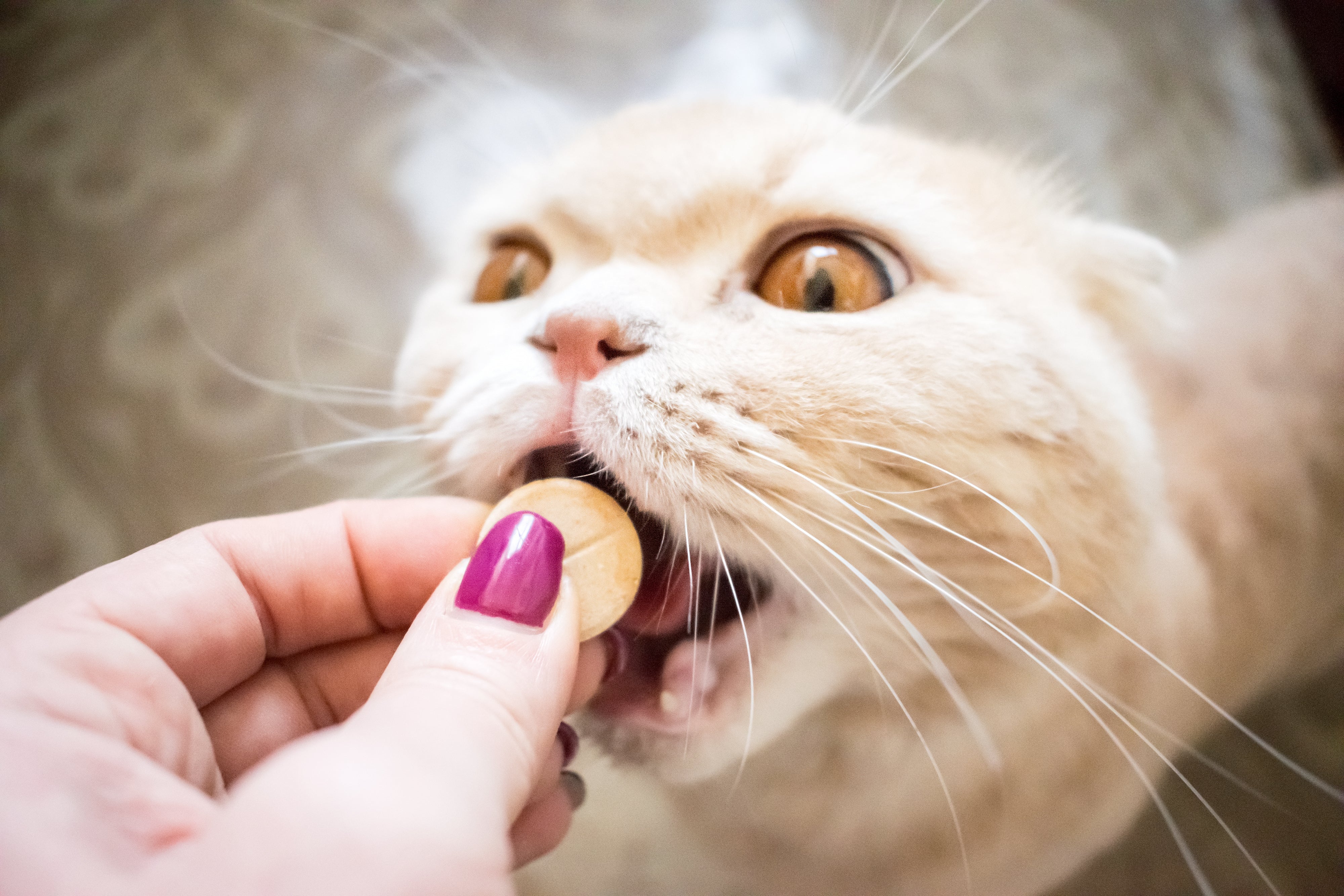
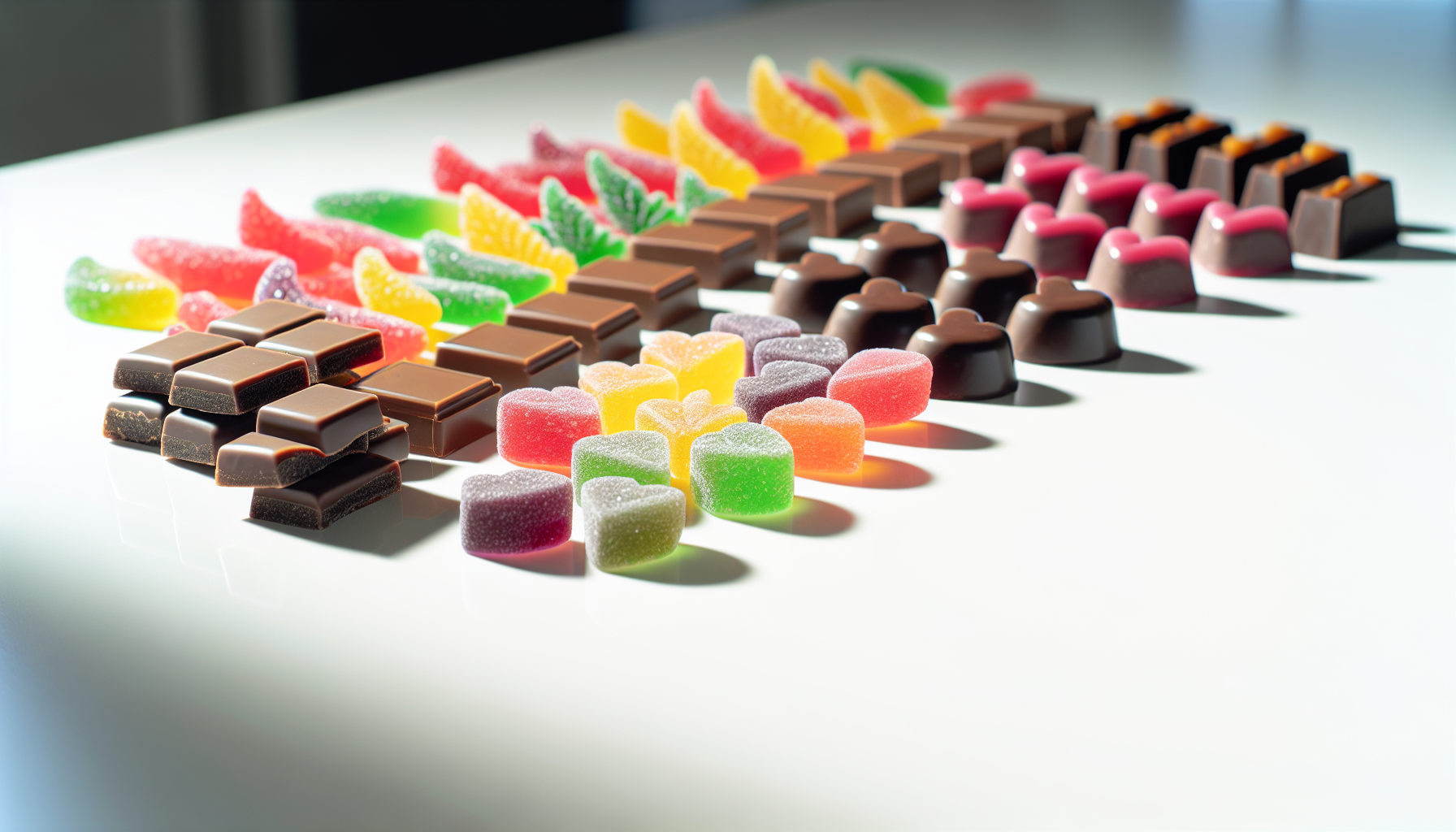
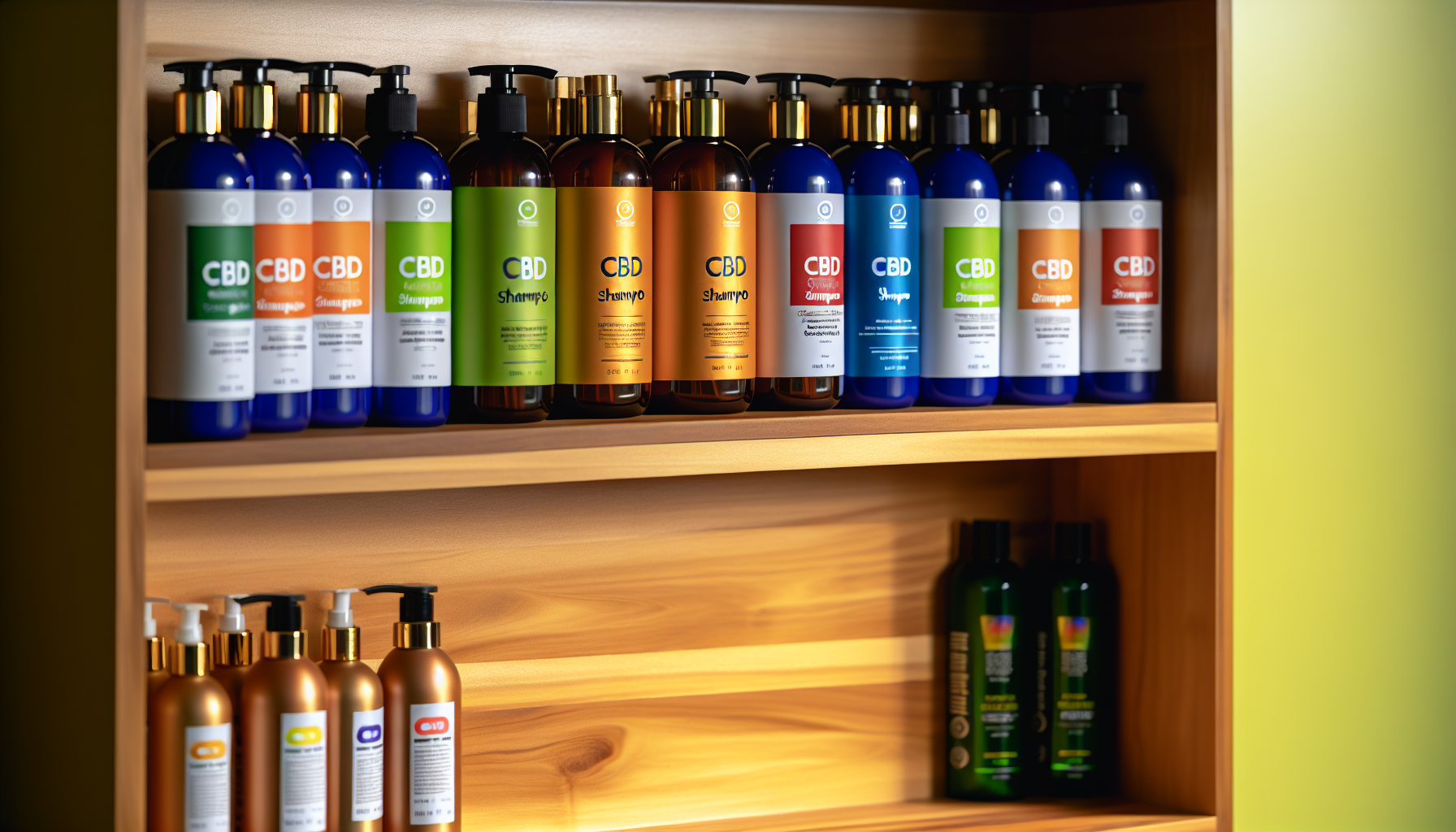
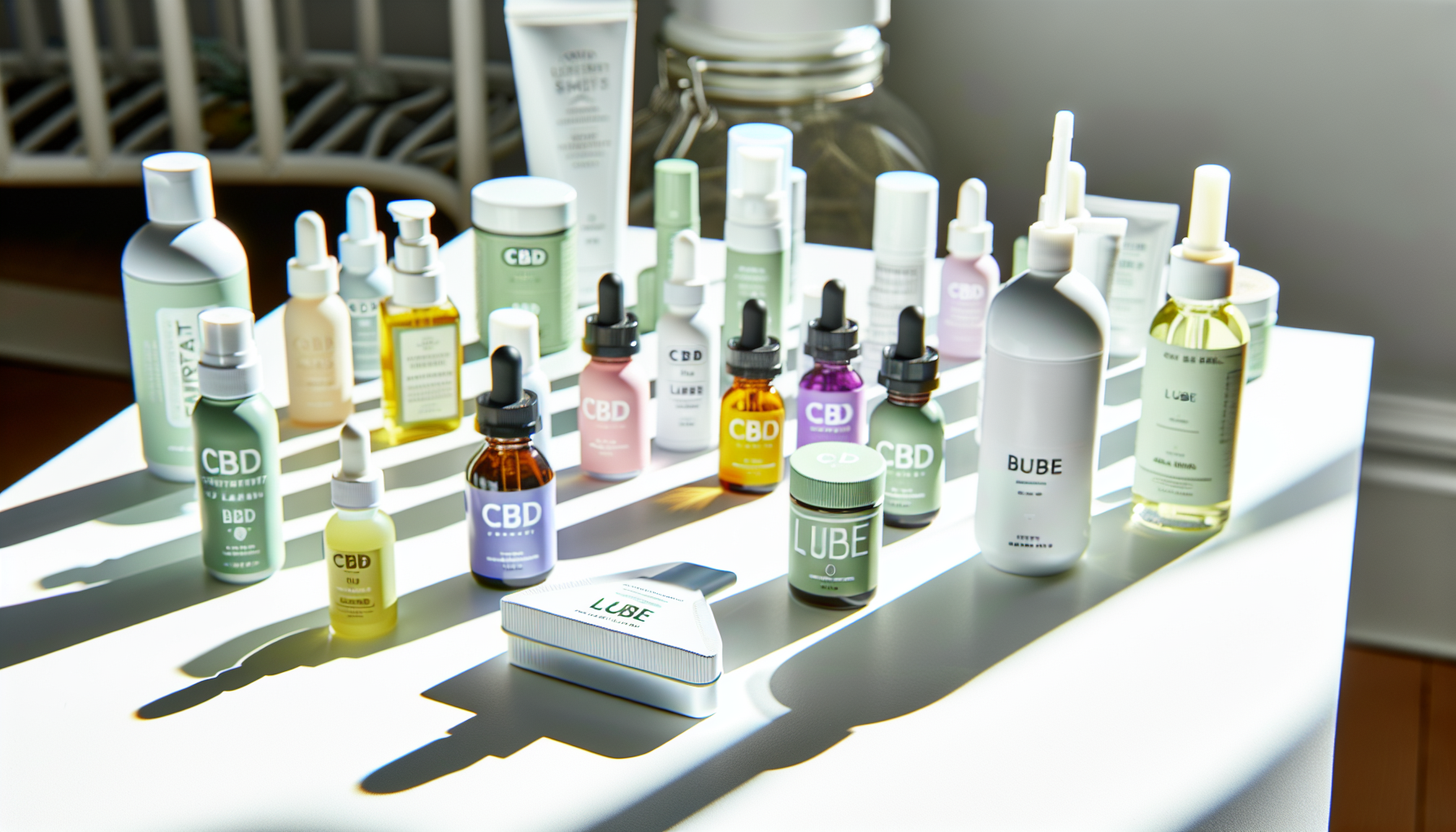
Join in on the Conversation
Your email address will not be published. Once your comment is approved, it will be published.